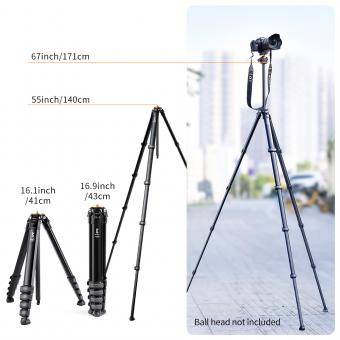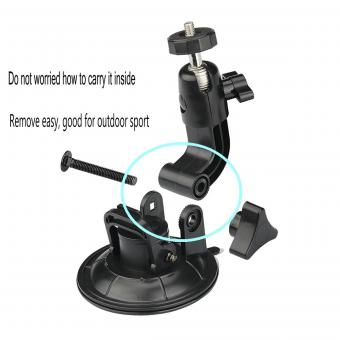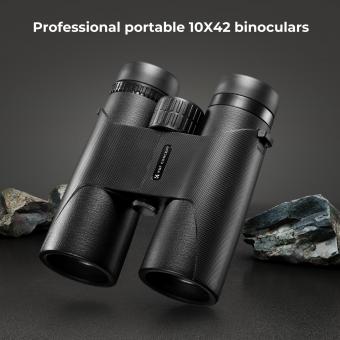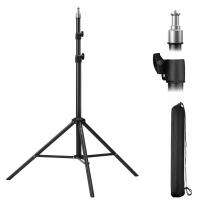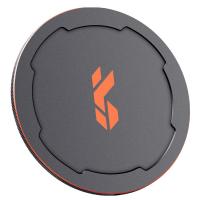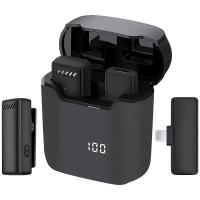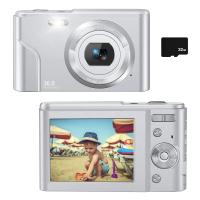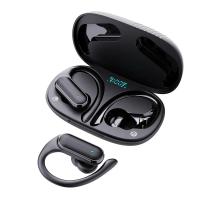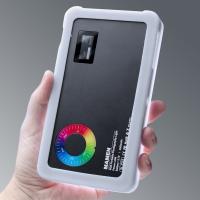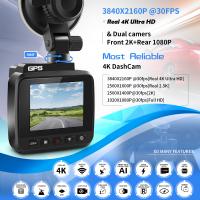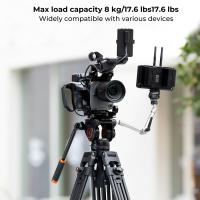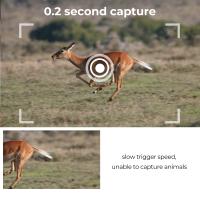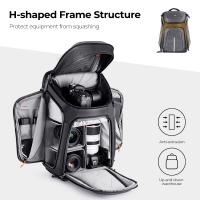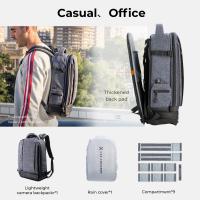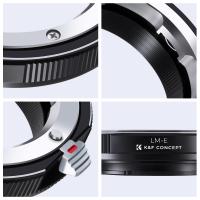What Is A Tripod ?
A tripod is a three-legged stand or support used to stabilize and elevate various objects, typically cameras, telescopes, or surveying equipment. It consists of three legs connected at the top by a central hub or plate, which often has a mounting screw or platform to attach the object being supported. The legs are adjustable in length and can be extended or retracted to achieve the desired height and stability. Tripods are commonly used in photography and videography to keep the camera steady and minimize blur or shake during long exposures or when capturing videos. They provide a stable base for the equipment, allowing photographers to achieve sharper images and smoother footage.
1、 Definition and Types of Tripods
A tripod is a three-legged stand or support used to stabilize and elevate various objects, typically a camera or a telescope. It provides stability and reduces camera shake, allowing for sharper and clearer images. The word "tripod" originates from the Greek words "tri" meaning three and "pod" meaning foot.
Tripods are commonly used in photography and videography to hold cameras steady during long exposures, low-light conditions, or when using telephoto lenses. They are also used in astrophotography to support telescopes and capture images of celestial objects. Additionally, tripods find applications in various fields such as surveying, engineering, and archaeology.
There are different types of tripods available, each designed to cater to specific needs. The most common type is the traditional tripod, which consists of three extendable legs and a central column. These tripods offer stability and versatility, allowing for height adjustment and different shooting angles.
Another type is the compact or travel tripod, which is lightweight and portable, making it ideal for photographers on the go. These tripods often have foldable legs and a smaller size, sacrificing some stability for convenience.
In recent years, there has been an emergence of innovative tripod designs, such as flexible tripods with bendable legs that can be wrapped around objects for unique perspectives. Additionally, some tripods now come with built-in features like smartphone mounts, Bluetooth connectivity, and remote controls, catering to the growing demand for smartphone photography and content creation.
Overall, tripods are essential tools for photographers and videographers, providing stability and allowing for creative freedom in capturing images and videos.
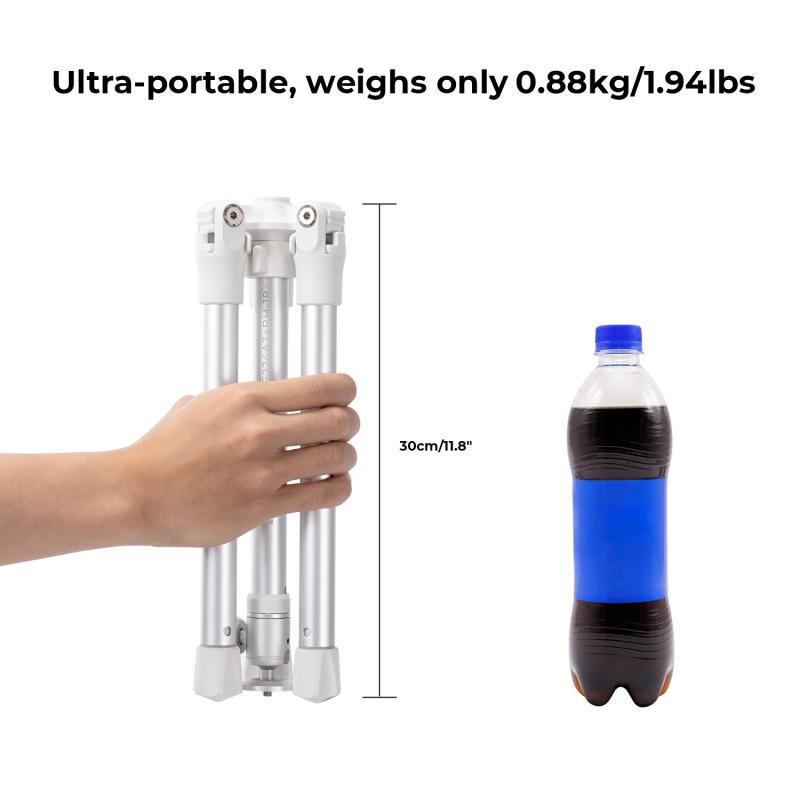
2、 Tripod Components and Functionality
A tripod is a three-legged stand or support used to stabilize and elevate various devices, such as cameras, telescopes, or surveying equipment. It is designed to provide stability and reduce vibrations, allowing for steady and precise positioning of the device it supports.
Tripods consist of several components that work together to fulfill their functionality. The three legs are the primary component, typically made of lightweight yet sturdy materials like aluminum or carbon fiber. These legs are adjustable in length and can be extended or retracted to achieve the desired height and stability. Each leg is equipped with a rubber or spiked foot to provide grip and prevent slipping on different surfaces.
The tripod head is another crucial component. It is the part that attaches to the device being supported and allows for smooth movement and positioning. There are different types of tripod heads, including ball heads, pan-tilt heads, and gimbal heads, each offering specific functionalities and advantages.
The central column is a feature found in many tripods, allowing for additional height adjustment. Some tripods also offer a reversible central column, which enables low-angle shooting or macro photography.
The latest point of view regarding tripods emphasizes their versatility and adaptability. Manufacturers are constantly innovating to make tripods more lightweight, compact, and user-friendly. Some tripods now come with built-in levels, quick-release mechanisms, and advanced stability features like vibration reduction systems.
In conclusion, a tripod is an essential tool for photographers, videographers, and other professionals who require stability and precision in their work. Its components and functionality work together to provide a stable platform for various devices, ensuring sharp and clear images or accurate measurements. The latest advancements in tripod design aim to enhance user experience and make them more versatile for different shooting situations.
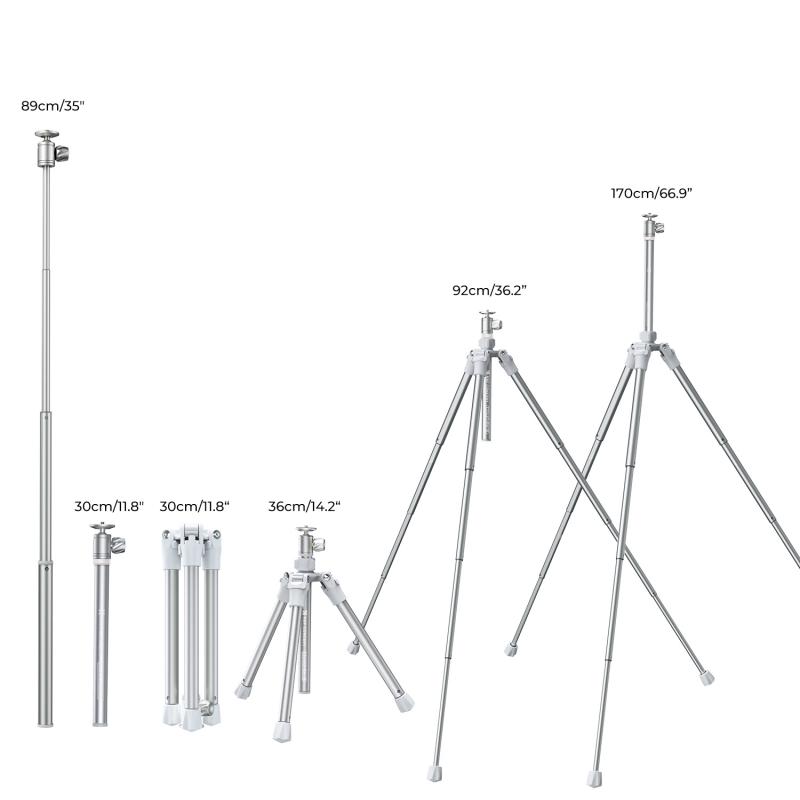
3、 Choosing the Right Tripod for Different Photography Needs
A tripod is a three-legged stand used to support and stabilize a camera or other photographic equipment. It is an essential tool for photographers as it helps eliminate camera shake, resulting in sharper and more professional-looking images.
Choosing the right tripod for different photography needs is crucial to ensure optimal performance and convenience. There are several factors to consider when selecting a tripod, such as weight, height, stability, and versatility.
Weight is an important consideration for photographers who are constantly on the move. Lightweight tripods are ideal for travel and outdoor photography, as they are easy to carry and transport. On the other hand, heavier tripods provide better stability, making them suitable for studio or landscape photography where stability is crucial.
Height is another factor to consider. Tripods come in various sizes, and it is important to choose one that suits your shooting style. If you frequently shoot at eye level, a tripod with adjustable legs and a center column that extends to a comfortable height is recommended. For low-angle or macro photography, a tripod with a reversible center column or adjustable legs that allow for ground-level shooting is more suitable.
Stability is paramount when choosing a tripod. Look for models with sturdy legs and a solid construction that can support the weight of your camera and lens. Carbon fiber tripods are known for their lightweight yet robust build, while aluminum tripods offer a more affordable option without compromising stability.
Versatility is also an important consideration. Some tripods come with additional features such as a detachable monopod, adjustable angles, or a ball head for smooth and precise camera movements. These features can enhance your shooting experience and provide more flexibility in different photography situations.
In the latest point of view, advancements in tripod technology have led to the development of innovative features. For example, some tripods now come with built-in smartphone mounts, allowing photographers to easily capture high-quality images and videos using their smartphones. Additionally, there are tripods designed specifically for vlogging, with features like a flexible tripod legs that can be wrapped around objects for unique shooting angles.
In conclusion, a tripod is an essential tool for photographers to achieve stability and sharpness in their images. When choosing the right tripod for different photography needs, factors such as weight, height, stability, and versatility should be considered. With the latest advancements in tripod technology, photographers now have more options and features to enhance their shooting experience.
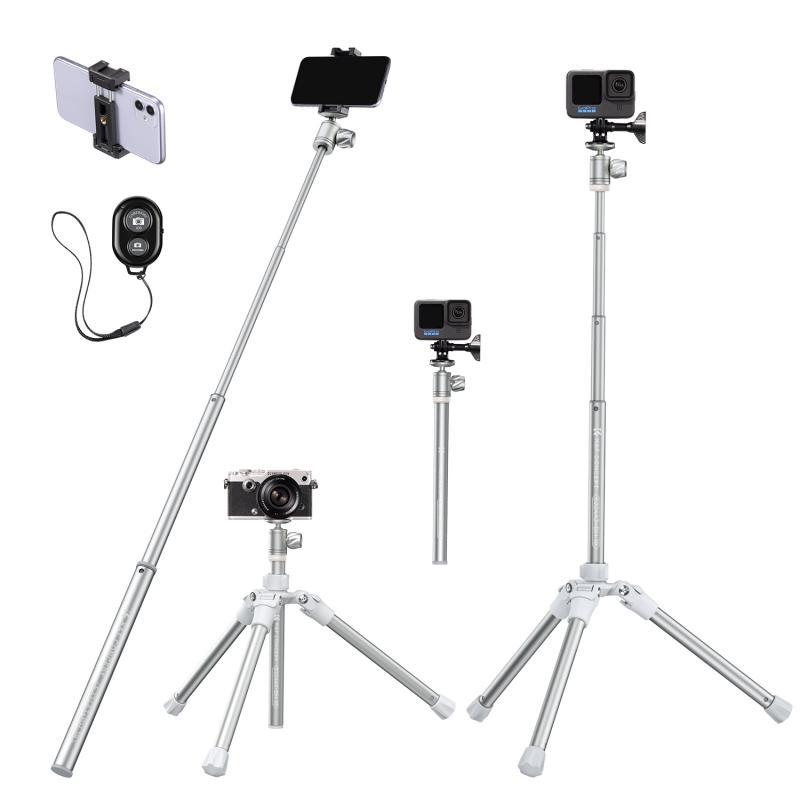
4、 Tripod Maintenance and Care Tips
A tripod is a three-legged stand used to support and stabilize various devices, such as cameras, telescopes, or surveying equipment. It is an essential tool for photographers and videographers as it helps eliminate camera shake and allows for steady shots.
Tripod Maintenance and Care Tips:
1. Regular Cleaning: Keep your tripod clean by wiping off any dirt or debris after each use. Use a soft cloth or brush to remove dust from the legs and joints. Avoid using harsh chemicals or solvents that may damage the tripod's finish.
2. Lubrication: Apply a small amount of lubricant to the moving parts and joints of the tripod to ensure smooth operation. Be cautious not to over-lubricate, as excess lubricant can attract dirt and dust.
3. Tighten Loose Screws: Check for any loose screws or bolts and tighten them as needed. Loose screws can affect the stability of the tripod and may lead to accidents or damage to your equipment.
4. Protect the Legs: Use rubber or plastic leg covers to protect the tripod legs from scratches and dents. These covers also provide better grip on slippery surfaces.
5. Store Properly: When not in use, store your tripod in a dry and dust-free environment. Consider using a tripod bag or case to protect it from accidental bumps or falls.
6. Check for Damage: Regularly inspect your tripod for any signs of damage, such as bent legs or broken parts. If you notice any issues, have them repaired by a professional or contact the manufacturer for assistance.
7. Adjust Leg Locks: Over time, leg locks may become loose or stiff. Adjust them as necessary to ensure the legs extend and retract smoothly.
In recent years, with the rise of smartphone photography and videography, tripods have also evolved to accommodate these devices. Many tripods now come with smartphone mounts or adapters, allowing users to capture stable shots with their phones. Additionally, some tripods are designed to be lightweight and portable, making them ideal for travel and outdoor adventures.




